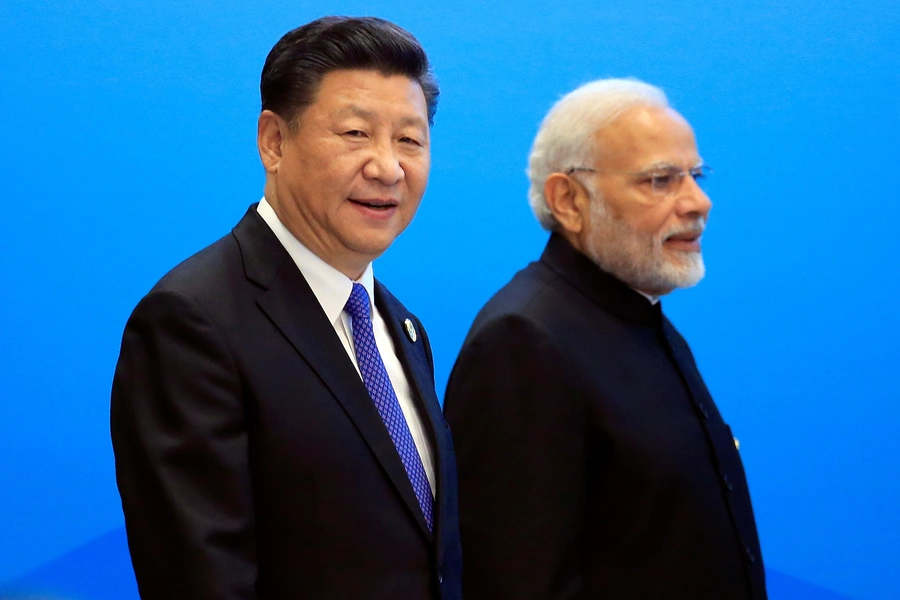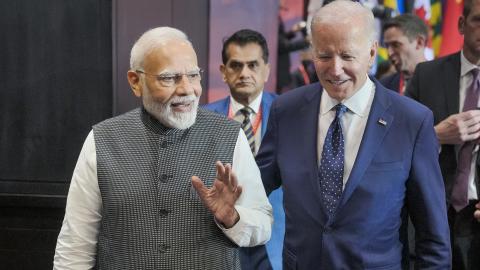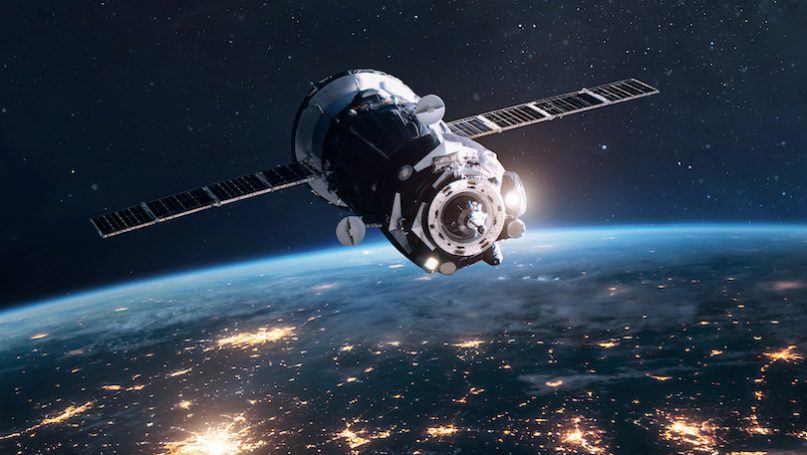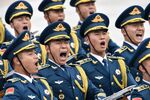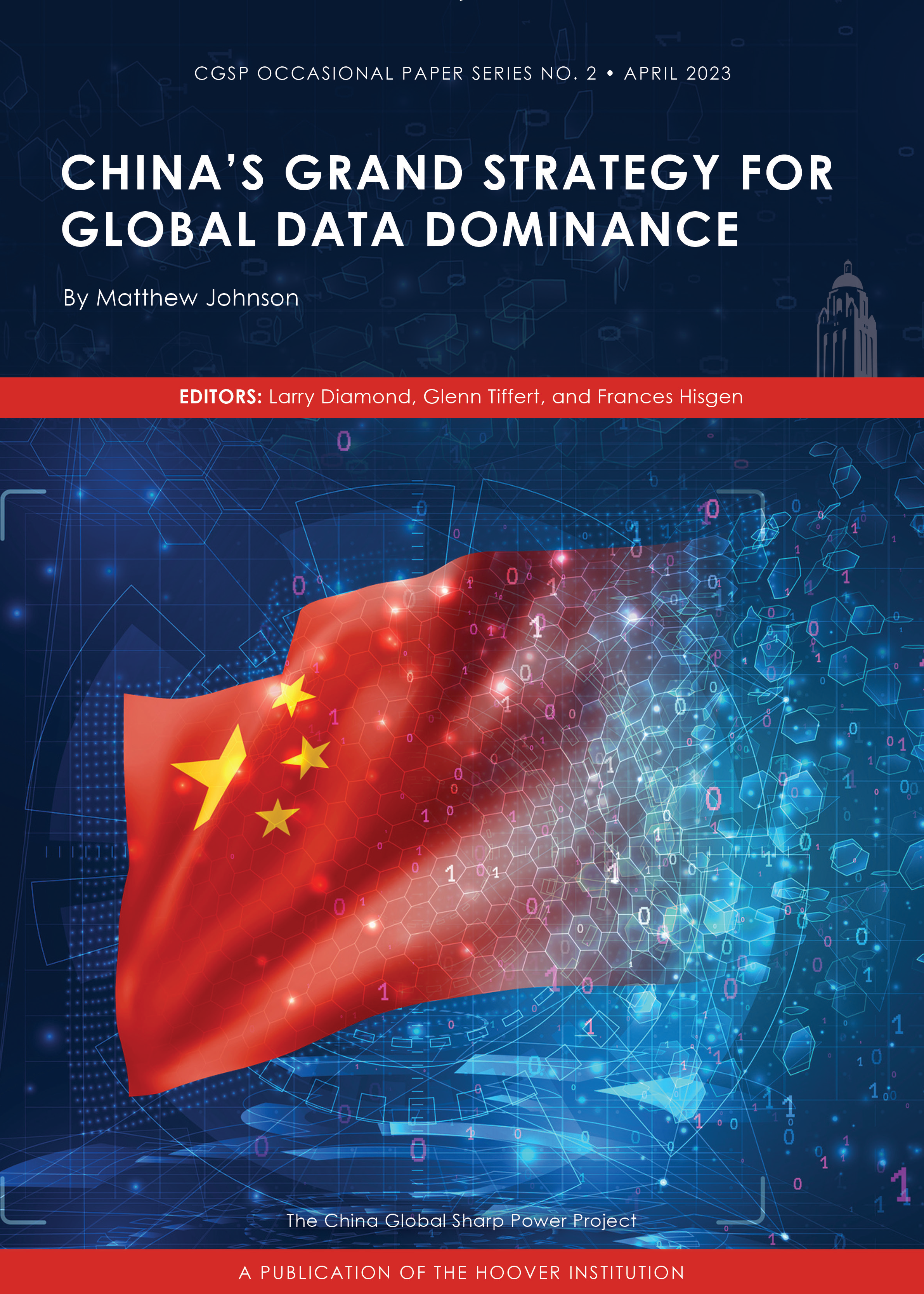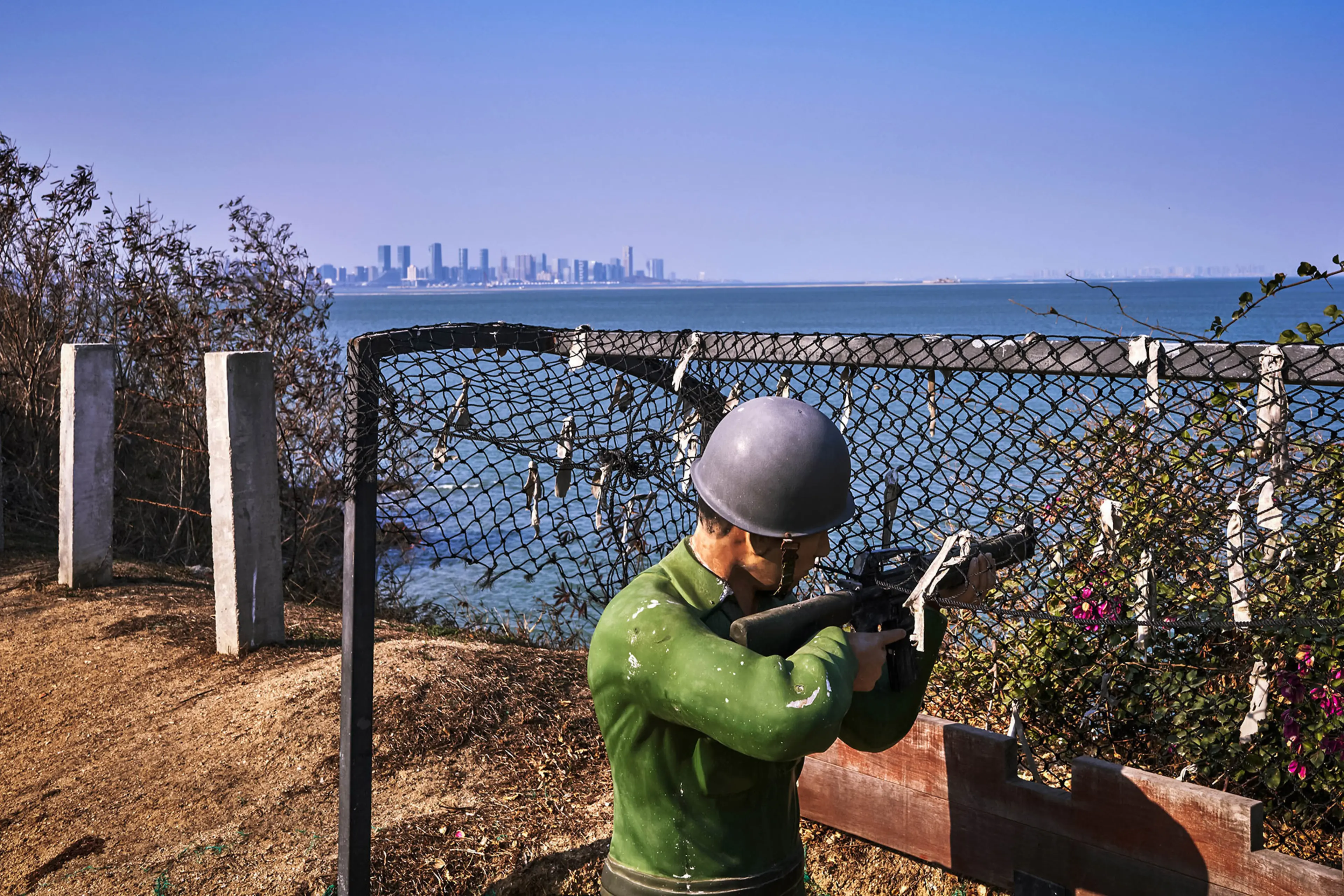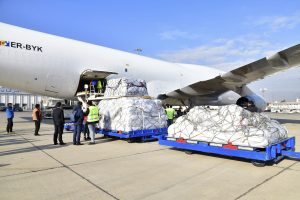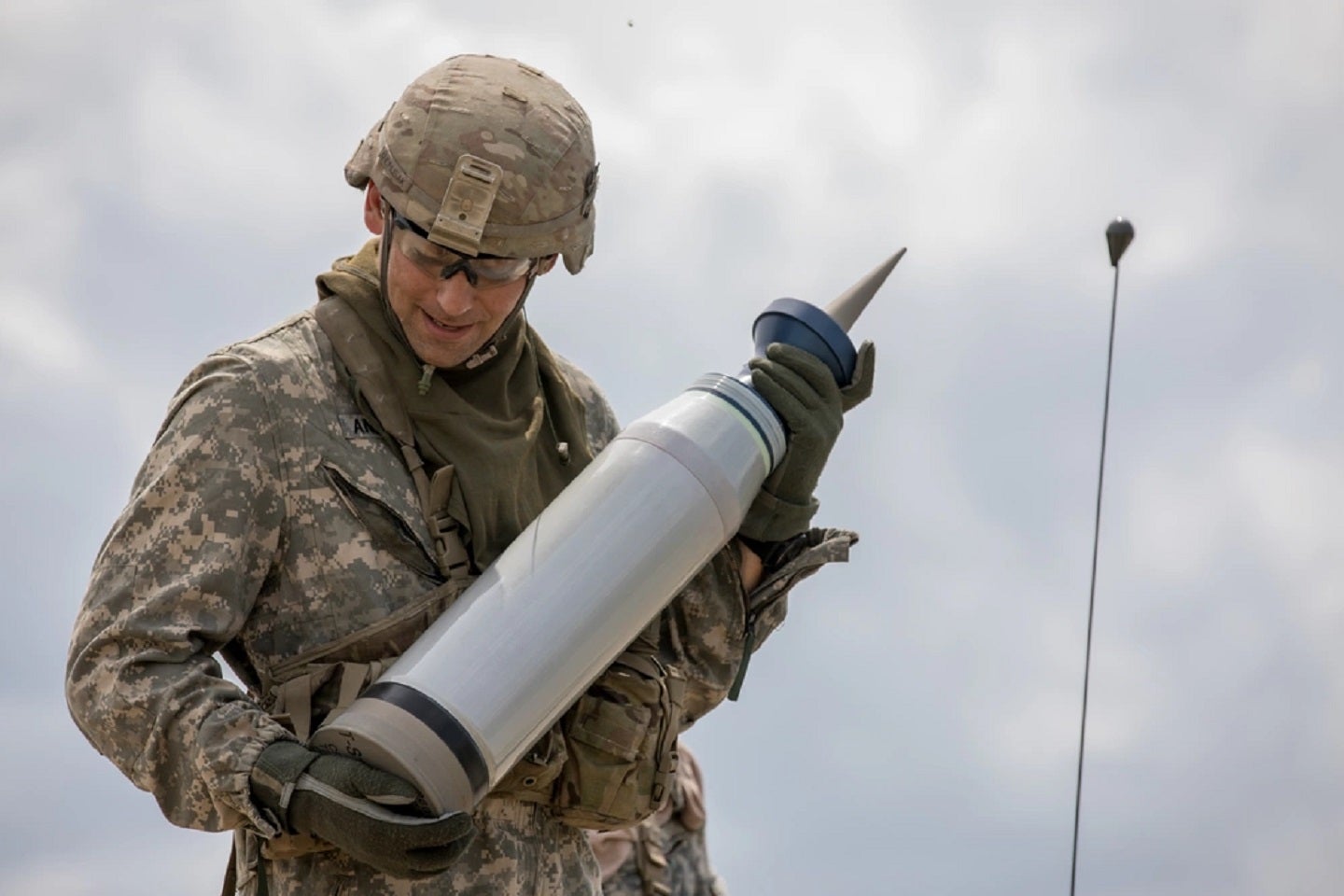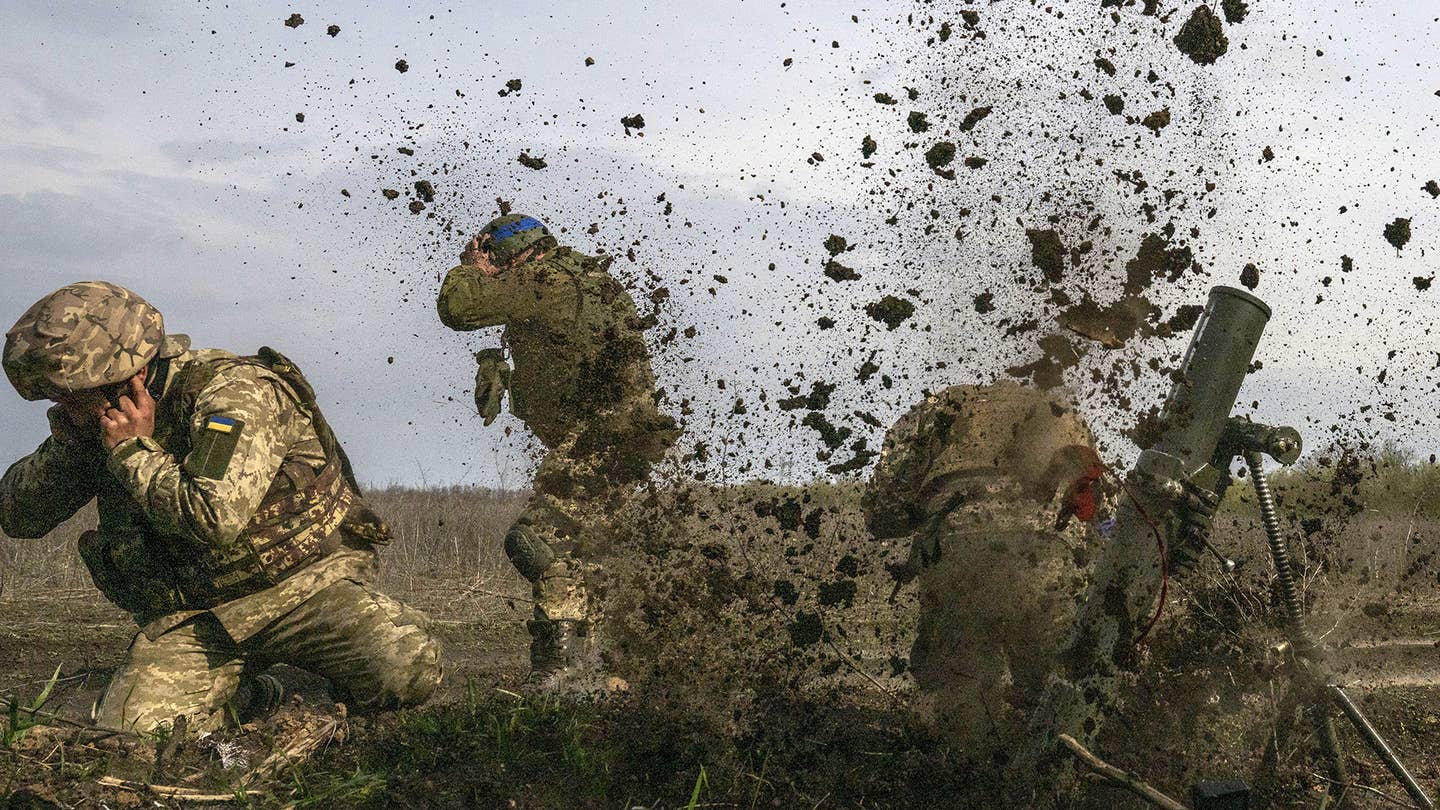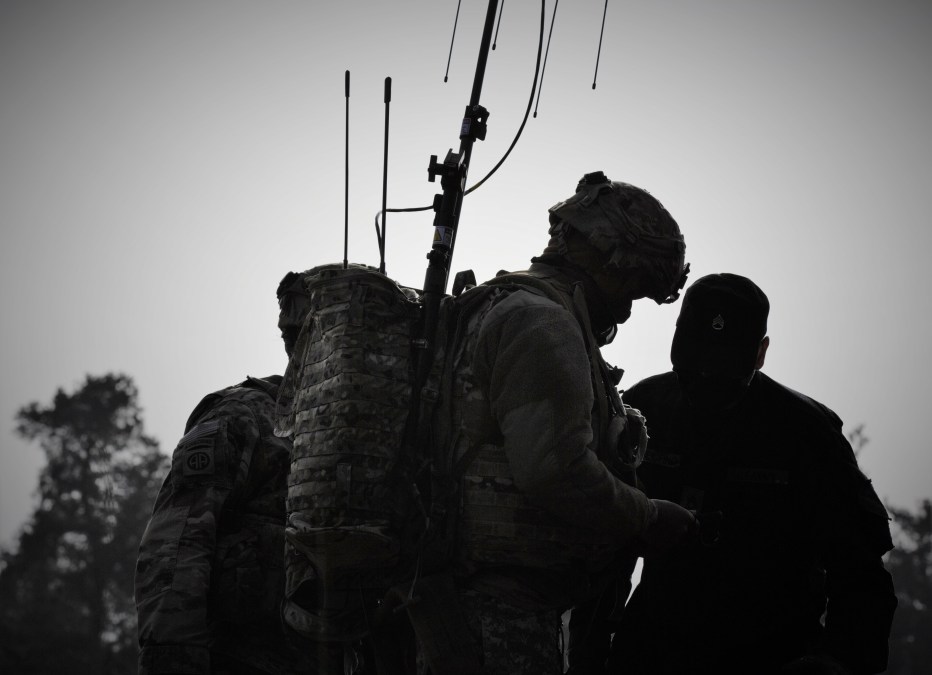Michael Rubin
Under President Xi Jinping, China has grown more militaristic, aggressive, and hostile. It pursues the greatest industrial genocide since the Holocaust against its Uyghur population, practices Taiwan’s conquest, and uses fictional claims to encroach upon its neighbors in the East and South China Seas.
But while the United States increasingly supports Taiwan and bolsters Australia’s defense capabilities, ignoring India will likely condemn any counter-China strategy to failure. Of the 14 countries that border China (21 if maritime boundaries are included), India is the only one that holds its own militarily. That it does so with just one-third the size of China’s defense budget — $74 billion to $225 billion — is impressive.
There is a shortsighted tendency in Washington, however, to devalue the importance of India. President Richard Nixon’s national security adviser Henry Kissinger gratuitously bashed democratically elected Indian Prime Minister Indira Gandhi in order to ingratiate himself to Communist China’s Premier Zhou Enlai as he sought to cultivate China. Today, there is a parallel as American officials who dislike democratically elected Prime Minister Narendra Modi bash him or use human rights concerns to slow partnership, even as such actions empower Xi’s China, whose disdain for human rights is the rule rather than the exception.
India is the most important bulwark against China for two other reasons. First, it is now the world’s most populated country. This population is part of an irreversible trend that will only grow wider in the coming decades. By the end of the century, however, China’s population will only be 42% of what it is now, according to the Shanghai Academy of Social Science. Demographers believe India’s population will peak in 2047 but still be twice the size of China’s in 2100. This demographic reality has an immediate impact on army morale and capabilities. Every Chinese soldier is an only child. His Indian counterpart, on average, has three brothers or sisters.
